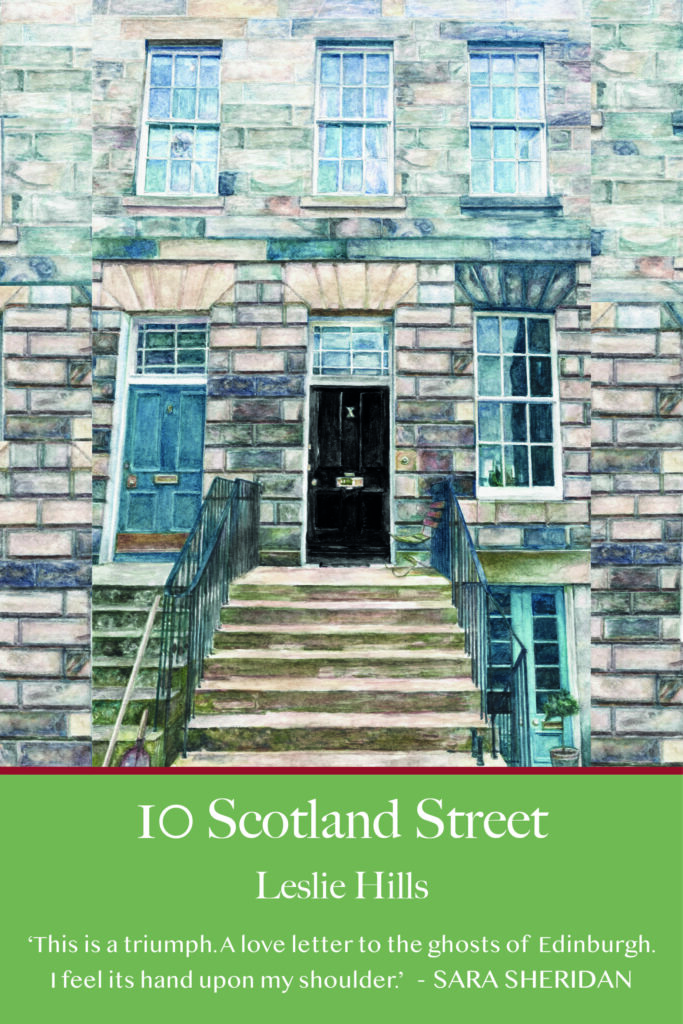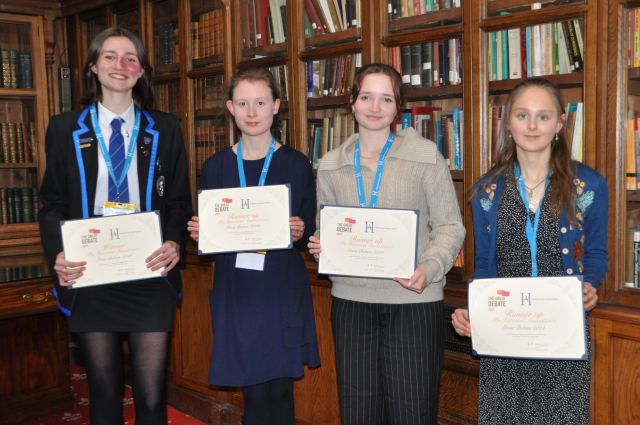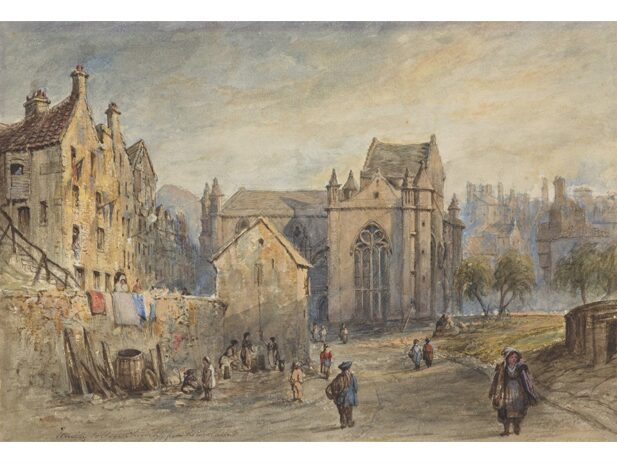by Leslie Hills (Edinburgh: Scotland Street Press, 2023)
Book review by Edward Duvall
I found reviewing this book a great treat.
Leslie Hills has lived in the main-door flat at 10 Scotland Street in Edinburgh for 50 years and this is the fruit of her research in various archives into the residents during the preceding 150 years. She deftly blends the threads of the stories of the previous occupying families with snippets of autobiography, particularly of her life in 1960s and 70s Edinburgh, the vicissitudes of owning a New Town flat the upper half of which (hers) had been separated from the lower part in rather an ad hoc way in the 1950s, and strands of her own family history that, perhaps surprisingly, intersect those of previous occupants. All this is done with an engaging humour.
If this book were a cake it would be a black bun: it is to be savoured slowly for its many nuggets of fascinating information. It also repays careful reading to keep track of the multitude of family members who appear and reappear along with brief cameos of such figures as Sir Walter Scott, Benjamin Bell, Charles Darwin and Sir Henry Littlejohn. We learn about mercantile Leith at the time of the Napoleonic wars, the Edinburgh book trade in the early nineteenth century, missionary life in mid nineteenth century Calcutta and much else besides as the author traces the connections of the first owner of 10 Scotland Street, one David Kedie Whytt and his descendants for two generations. The investigation of the impact of the First World War on them leads to a discussion of the casualties suffered by the inhabitants of Scotland Street as a whole.
The Whytt family owned the house for 100 years. The narrative of the subsequent years reflects the gradual decline of the eastern New Town over the first half of the twentieth century with number 10 becoming a house of multiple occupancy before approaching dereliction and subsequent rescue by the author and her then husband. The writer captures for me the atmosphere of that extreme eastern part of the New Town I remember as a resident in the late 1970s with a wide range of characters and occupations, small industrial enterprises and a slightly bohemian approach to life.
The writing matches the process of researching in an archive when one’s eye is caught by something not directly concerned with the matter in hand, the so-called ‘rabbit holes’. There is a veritable warren of these with intriguing apparent digressions that loop back to the main thread of the story after a paragraph or two. As a physical object it is beautifully produced and illustrated with colour plates. The several family trees incorporated into the text help the reader keep track of the various members of the wider Whytt family but occasionally it might be easier to do so if there were an index.
I was genuinely sad to come to the final page of this book. I heartily recommend it.
Leslie Hills (2023), 10 Scotland Street
Published by Scotland Street Press. pp 320. ISBN 978-1-910895-73-3. Hardback £24.99.





